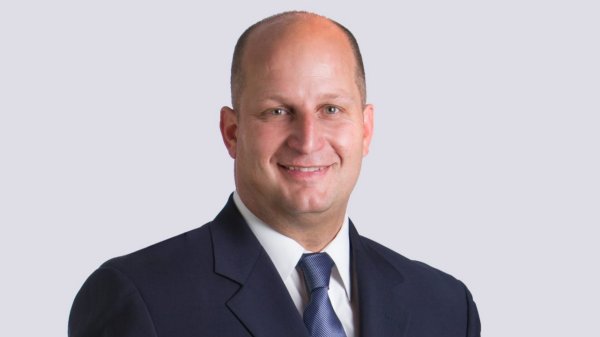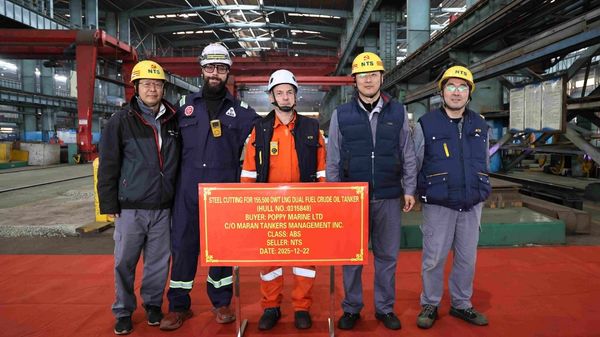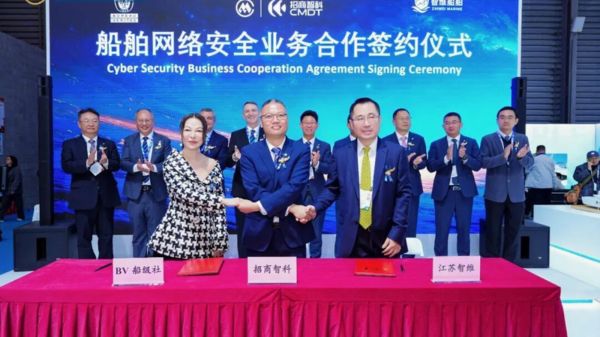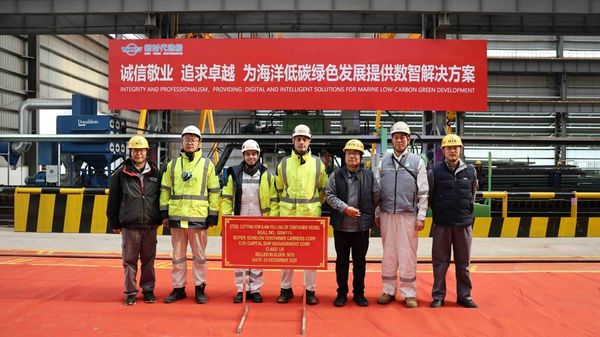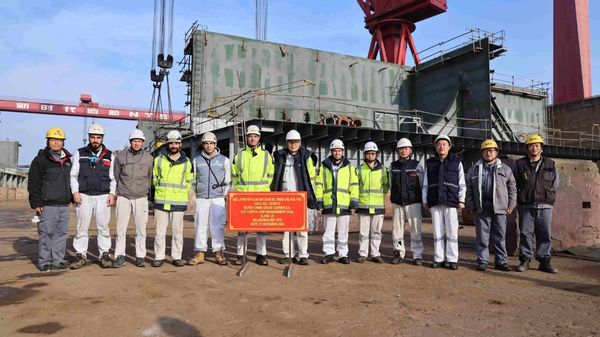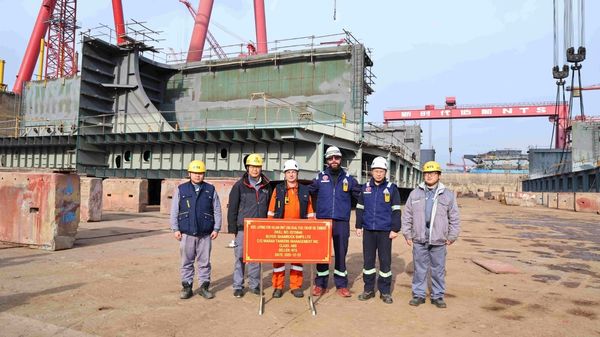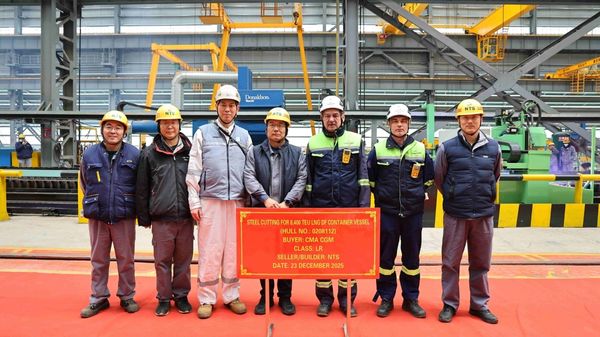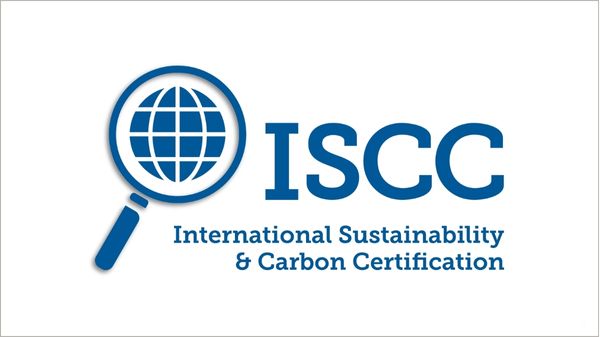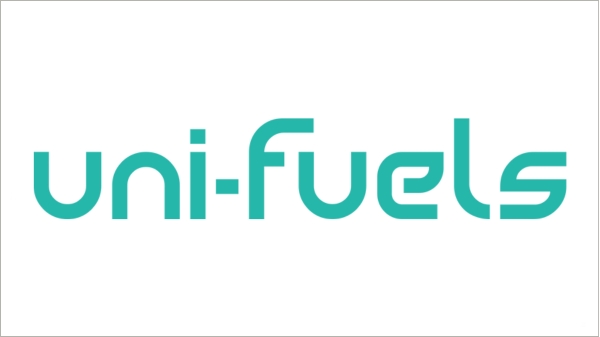Teekay Tankers reports that net income for the year was
$62.9 million compared to $179.6 million in 2015. Fourth-quarter net income was
$6.8 million compared to $53.6 million during the corresponding period in 2015 and a third-quarter loss of $5.5 million.
Full-year revenue in 2016 was $526.9 million, up from $514.2 million the previous year. Fourth-quarter revenue fell to $117.7 million from $169.0 million during the same three-month period in 2015, but was higher than the $104.6 million figure recorded during the third quarter.
Commenting on the effect of higher crude prices in 2016, Teekay Tankers said: "Firming oil prices as a result of recent OPEC cuts have increased bunker fuel costs for shipowners and prompted crude inventory drawdowns."
This, the company explained, was one of the reasons why crude spot tanker rates have recently started to weaken.
The tanker operator's voyage costs associated with lightering activities - which include bunker fuel expenses, short-term in-charter expenses and other port expenses - totalled
$34.9 million in 2016 compared to $5.7 million the previous year.
Costs associated with lightering activities during the fourth quarter of 2016 were
$11.1 million, compared to $8.5 million during the previous quarter and $4.3 million for the last three months of 2015.
Voyage expenses in 2016 were
$55.2 million compared to $19.8 million the previous year, whilst vessel operating expenses rose to
$182.6 million last year, up from $137.2 million in 2015.
Voyage expenses and vessel operating expenses during the fourth quarter were
$17.7 million and
$46.4 million, respectively. During the corresponding period last year, the figures were $9.7 million and $50.1 million, respectively; third quarter voyage and vessel operating expenses were $14.9 million and $44.8 million, respectively.
Tanker market in 2016
Commenting on recent developments in the tanker market, Teekay Tankers said: "Tanker rates in 2016 softened from the highs seen in 2015, yet remained in-line with the ten-year average as a result of ongoing positive demand fundamentals. Global oil demand remained strong in 2016 with growth of 1.5 million barrels per day (mb/d), which was 0.4 mb/d higher than the ten-year average. Global oil supply was also strong, with record high OPEC production for 2016 of 32.6 mb/d. However, unexpected supply outages in Nigeria put pressure on mid-sized tanker demand in mid-2016. Oil prices remained in the mid-$40 per barrel range for most of 2016 before increasing in December 2016 as OPEC commenced firmed plans for production cuts as a means to rebalance oil markets. While ongoing low prices throughout the year provided some support for tonne-mile demand through strategic and commercial stockpiling programs, record high onshore stock levels towards the second half of 2016 resulted in lower import requirements as refiners struggled with elevated stockpile levels. Tanker fleet growth also created some downside pressure to tanker rates towards the second half of 2016 as crude tanker fleet growth reached 6% and scrapping dipped to the lowest level since 1995.
"Crude tanker rates strengthened in the fourth quarter of 2016 due to expected seasonal factors, and reached a seasonal high in December 2016, as global refinery throughput, increased exports out of Nigeria, Libya, and Baltic / Black Sea ports, and winter weather delays provided support for tanker rates. Mid-sized crude tanker rates, in particular, found support from weather delays through the Turkish Straits along with increasing exports out of the U.S. Gulf. Record high Middle East OPEC crude production, averaging 25.6 mb/d in the fourth quarter of 2016, also provided a boost for crude tanker tonne-mile demand."
Outlook
In its outlook for the future, Teekay Tankers said: "Looking ahead, the company anticipates 2017 to present some headwinds to the crude tanker spot tanker market. Total tanker fleet growth is forecast to be approximately 4.5%, which is slightly lower than 2016 but in-line with the ten-year average. However, most fleet growth in 2017 will come from the mid-sized segments, with mid-size fleet growth expected to be approximately 5%. The outlook for 2018 is more positive given a lack of ordering and the expectation for increased scrapping due to an aging fleet and changes to the regulatory landscape.
"Global oil demand is forecast to grow by 1.4 mb/d in 2017 (average of IEA, EIA, and OPEC forecasts), which is similar to 2016 and above the ten-year average growth rate of 1.1 mb/d. On the supply side, OPEC production cuts of approximately 1.2 mb/d, with the majority of cuts (approximately 0.8 mb/d) coming from Middle East OPEC producers, will be negative for overall crude volumes available for transport. While OPEC production cuts may continue through the year, non-OPEC production increases of approximately 0.3 mb/d are expected as firming oil prices encourage more drilling, particularly in the U.S. The result could benefit the mid-sized tanker segments from increased tonne-mile demand as oil supply in the Atlantic basin continues to grow. In addition, the Brent - Dubai oil price spread has narrowed considerably as a result of OPEC cuts, and many crude buyers are sourcing Brent-benchmarked crudes as they become more economically attractive. These price / supply factors could offset some of the headwinds that the crude tanker market faces in 2017 as they have the potential to introduce volatility into regional tanker demand, which is positive for spot tanker rates.
"In summary, the company anticipates that 2017 will present some headwinds to crude tanker rates due to cuts to OPEC production, rising oil prices, and fleet growth. However, the company believes that this dip in the current market cycle will be relatively short and shallow. In addition, lower fleet growth, strong oil demand growth, particularly in Asia, and a potential increase in long-haul movements from the Atlantic basin to the Pacific basin is expected to provide support towards the next market upturn."

